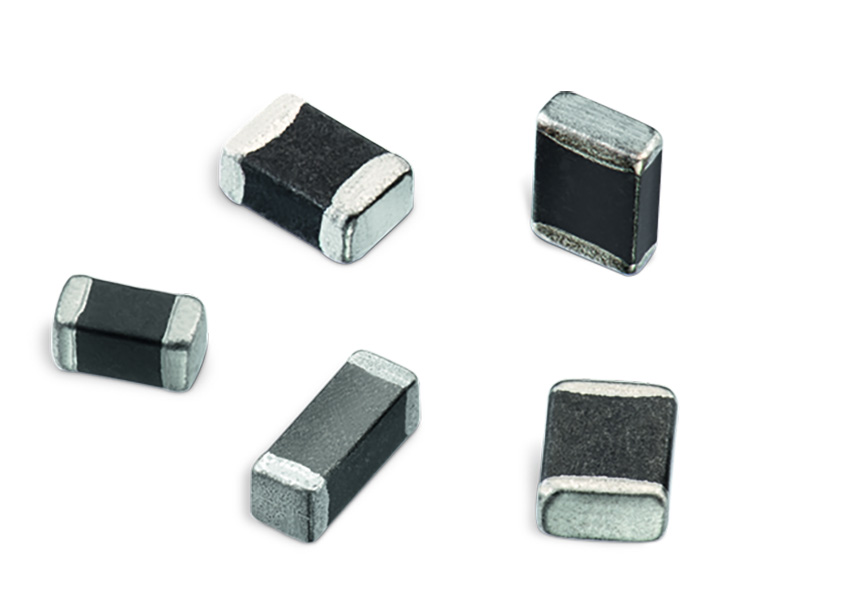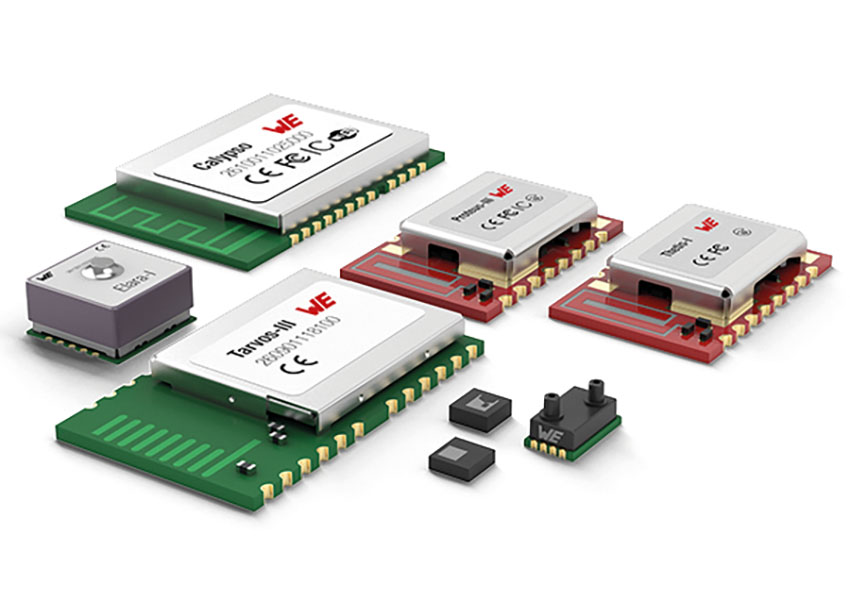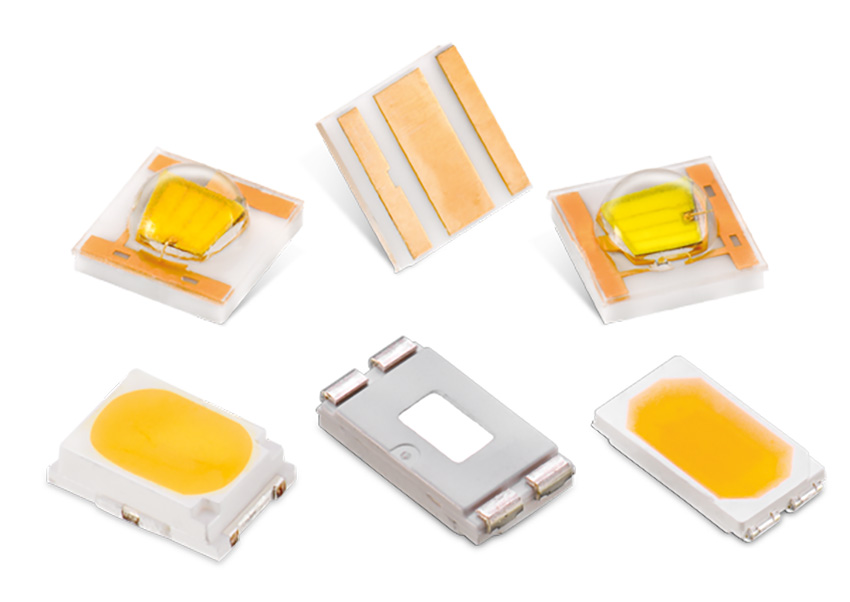The market for electronics products is booming, thanks to semiconductor innovation and buyer interest in connected devices. Global electronics product sales are expected to reach $2.2 trillion USD in 2030, achieving a CAGR of 5.6 percent this decade.
Yet, current electronics engineering design processes are still heavily research-based and manual, hampering companies’ ability to capture growing demand. And for this reason they have developed the CELUS Engineering Platform.
Most manual and tedious work steps in the electronics design processes can now be automated, freeing electronics engineering resources from manual task and speeding up the development process.
CELUS Simplifies and Accelerates Electronic Products Design
The CELUS Engineering Platform is a Cloud-based solution that streamlines electronics engineering from initial functional requirements to first working electronic designs. CELUS provides electronics engineers with the following capabilities:
Functional design canvas: Currently, ideation for new electronic products is entirely independent from the electronics design workflow Often, conventional office tools such as MS Visio, PowerPoint, or even a whiteboard are being used for this purpose.

CELUS’ design canvas helps engineers and system architects to bring their functional requirements directly into the engineering process.
Engineers, typically spend weeks researching the right components and connections for these new solutions. Engineers read datasheets and application notes, capture data, and validate application fit. Their automation helps the engineers to turn their concepts from the design canvas into working schematics with electronic components selected.
These are the benefits:
Propose PCB floorplans in minutes: When electronics engineers design products for manufacturing, they group components together in areas on printed circuit boards (PCBs), to enhance performance and ensure manufacturability.
CELUS supports Design for Manufacturing (DFM) by enabling the ideal placement of components based on their functionality. As a result, engineers avoid unwanted interactions, the need to add unplanned components, and the risk of making mistakes.
Create reference designs for company-wide use: Creating reference designs for reuse is a best practice for engineers. However, product data is often siloed across organizations, making this goal difficult to achieve.
With CELUS, reference designs and data are securely stored in the cloud with industry-standard enterprise security measures. All data is made easily available to authorized users. By reusing designs, engineers streamline work and ensure their products use approved components and configurations. Provide an early feasibility analysis: Companies seek to achieve specific outcomes, such as optimizing designs for cost, manufacturability, component and connection availability, delivery timeframes, application performance, robustness across product lifecycle, and more.

CELUS allows engineers to have a first prototype on the first day and adjust their designs according to their requirements in minutes instead of starting all over.
Design prototypes fast: Manual processes slow the time to prototyping. By automating all key design processes, companies can develop prototypes at pace and to exact specifications. They can then use CELUS to automatically send information to manufacturers and receive quotations.
Execute design variations in minutes: Creating design variations can be time-consuming, as engineers move components and connections around boards to ensure that they work together properly. With CELUS, this process is entirely automated. Engineers can easily create variations (conceptional, BOM, functional variations), enabling them to optimize for specific requirements.
Conclusion
Digitization has enabled more use cases, boosting demand for electronic products and services. This growth opportunity makes the electronics industry extremely attractive to both new and existing companies alike. However, faster growth and increased competition is placing more pressure on engineering teams. These teams need to work more efficiently, reduce costs, and deliver products on time to grow their company’s share of the market.
CELUS Engineering Platform enables engineering teams to address these challenges by unlocking greater creativity in the electronics development process, while eliminating process waste. Engineers get to do work that they love, while ensuring quality designs. Businesses benefit, too, by increasing the cadence of innovation for higher revenues and profitability.

CELUS Technology At a Glance
The CELUS Engineering Platform uses smart algorithms and artificial intelligence (AI) to turn ideas into electronic designs. The platform is comprised of an intuitive design interface and a smart electronic resources database that enable teams to progress from inputting technical requirements to creating electronic design-automation (EDA)-native files with an optimized BOM in hours instead of weeks.
CELUS’ groundbreaking concept is called “Cubo.” It is a type of digital datasheet that contains:
- Functionality description
- EDA information to support a specific application (schematic, BOM, layout, bus/port types)
- Technical specifications
- Design guidelines
- Optimization factors
Cubos enable the development of projects based on functional units instead of single components, elevating and abstracting the electronics design process. As a result, teams can work more closely together by connecting their processes with the development of electronic products.
CELUS integrates with common EDA tools, such as Autodesk Eagle, Altium Designer, and Zuken CADSTAR. CELUS administers users, roles, and rights and securely stores data and design modules. It also provides direct connections to global component suppliers and enables design standardization and efficient work processes.

